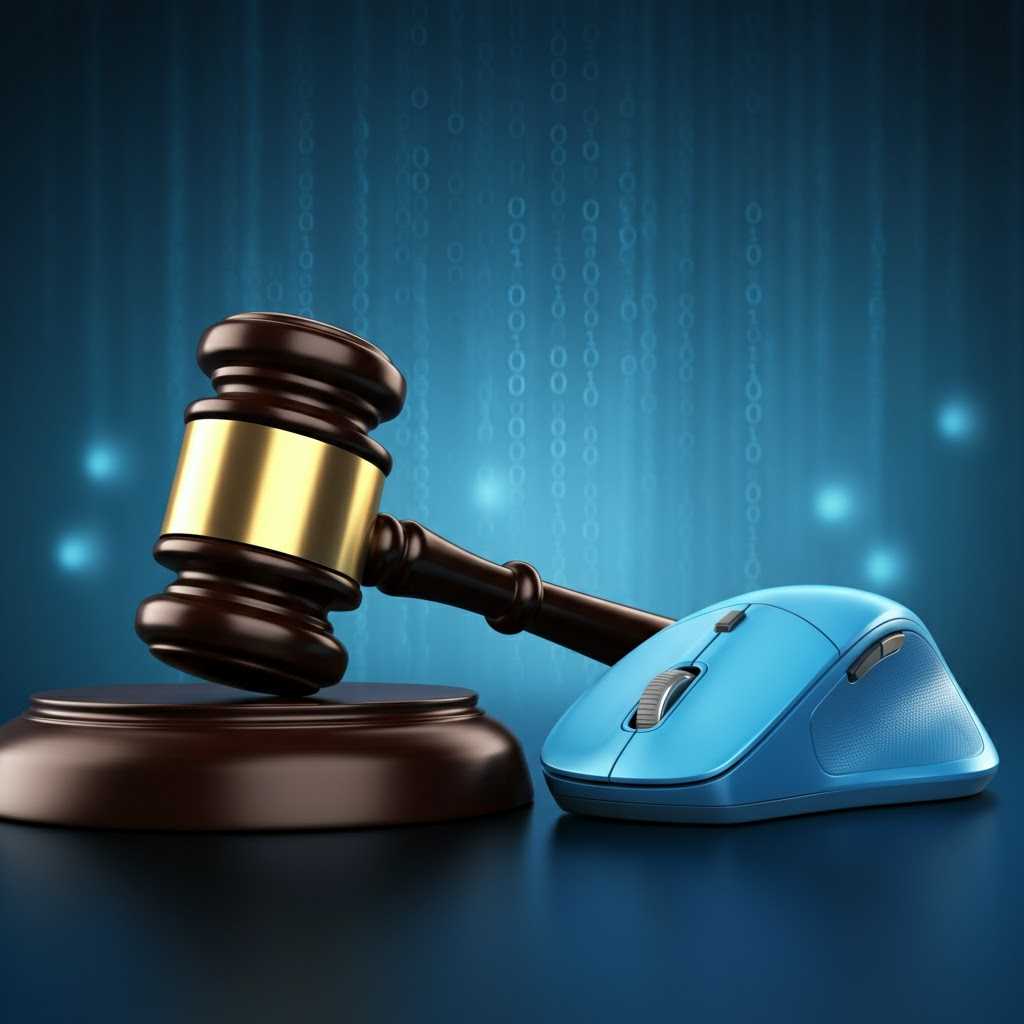When AI Decides Your Fate (and Probably Your Parking Tickets)
Digital justice is revolutionizing courts with AI, open data, and tech. Experts debate its impact on transparency, efficiency, and access. Challenges include regulation and equality. Political parties' role in democracy also discussed.

There are moments in life when you wonder if you’ve stepped into a sci-fi movie. You know the type: sleek, flashing screens everywhere, people having virtual meetings while their robot dogs fetch coffee. And now, it seems, we’re dragging the creaking, dusty world of the legal system into this future. Courts of law, long the bastion of solemnity, tradition, and interminable paperwork, are getting a technological upgrade, whether we like it or not.
It’s almost enough to make you wonder: what next? Robots in wigs doling out judgments? Not quite yet. But the world is changing fast, and Luis Gustavo Parra Noriega, an academic from UNAM's Faculty of Higher Studies (FES) Acatlán, says we are now on the precipice of “open justice.” This isn’t just about opening up the dusty old doors of the courtrooms to let the light in—it’s a new world where transparency, public participation, and innovation meet the once unyielding structures of justice.




